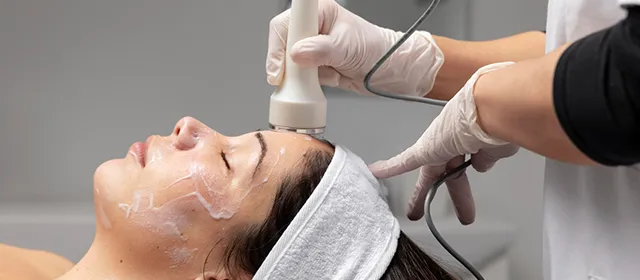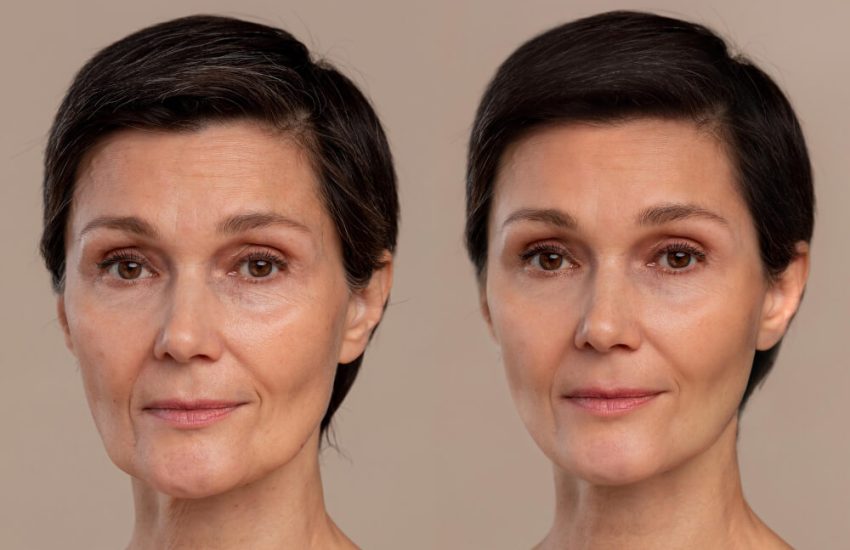Everything You Need to Know About Orthodontics in Drexel Hill
Although over 30% of orthodontic patients in the United States are adults, initiating treatment early is recommended for maximum success, with the American Dental Association recommending examination by age seven. Orthodontics assists people of all ages by improving bite, tooth function, and smile alignment. Modern therapies realign teeth and roots for enhanced crown stability, while jaw and maxillofacial surgeries might potentially rejuvenate face features. A Drexel Hill dentist can tell you more about the benefits.
Who is an ideal candidate?
Do not be worried if you are not sure whether you need to see an orthodontist. When it is deemed necessary, your general dentist may refer you to an orthodontist. In your initial visit, you can expect the dentist to do some evaluation that includes oral and facial exams, X-rays, and tooth impressions. Curious about what they are used for? The orthodontist will study the results in order to come up with a personalized treatment plan.
During your second appointment, your dentist will go over your treatment plan and will explain at length what needs to be done. Once the procedure is done, you may be required to wear your retainer for some time.
In case you are concerned about how long it would take for your treatment, the time period usually on your age, the complexity of the procedure, and how properly the plan is adhered to. Because of their malleable bones, younger patients may respond faster, although adults frequently follow instructions more consistently. Additional circumstances, such as surgery, can lengthen treatment time.
Pre-consultation:
With the variety of methods and non-specialists offering treatments, choosing a certified orthodontist has gotten more difficult. Consider your dentist’s advice, ask friends or neighborhood associations for referrals, and contact a dental school for recommendations. Ascertain that the orthodontist is a licensed member of the American Association of Orthodontists, which indicates rigorous training and current experience.
Choosing the right orthodontist:
Consider factors such as the orthodontist’s experience and practice scope, review before-and-after photos, evaluate the range of advanced treatments available (such as mini-implants, advanced arch-wires, aligners, and clear brackets), and inquire about a clear treatment plan that aligns with your personal needs and preferences, including alternatives and practicality, during your orthodontic consultation.
Final thoughts:
There are some other things as well that you need to watch out for. Make sure the workplace environment is good enough for you, and see whether you are at ease with the orthodontist’s approach.




